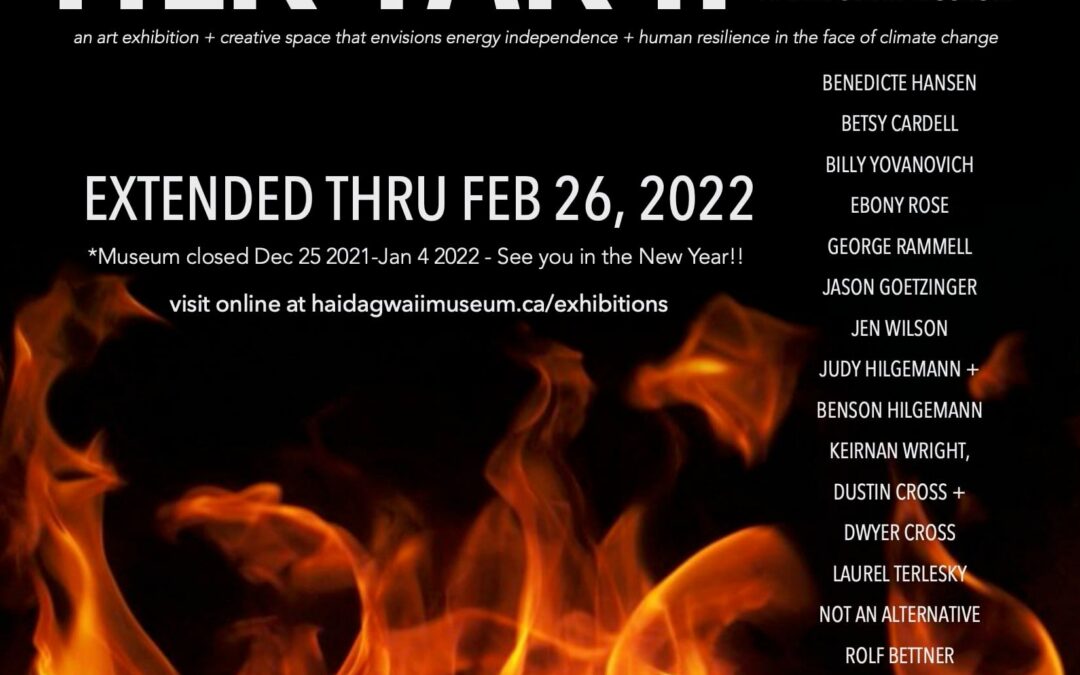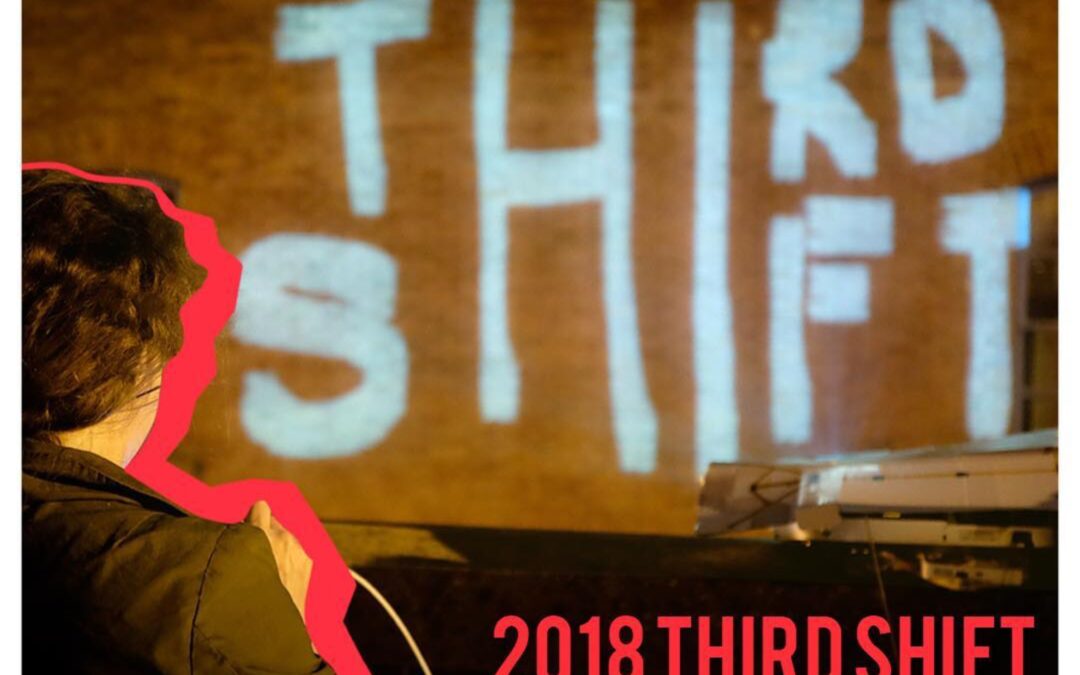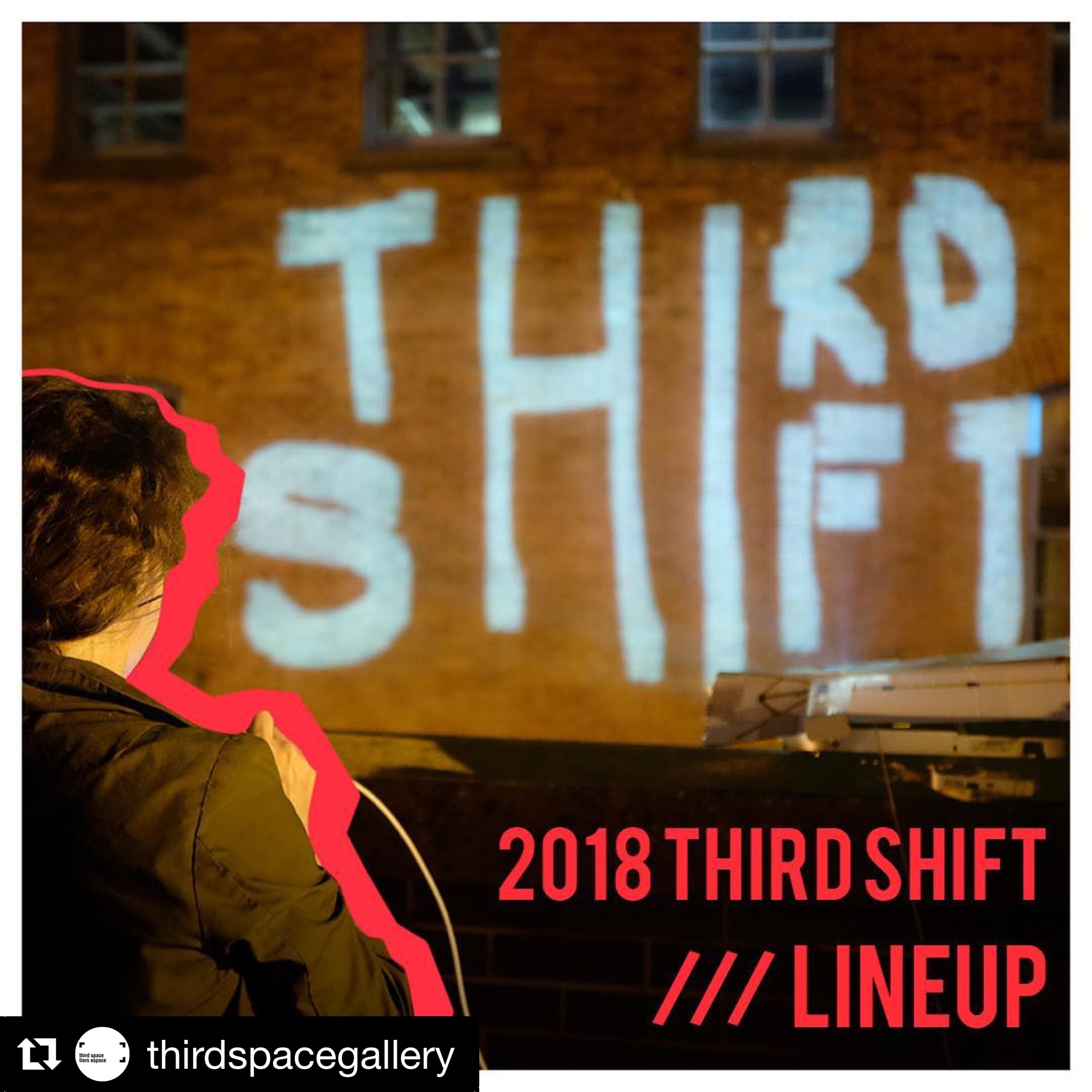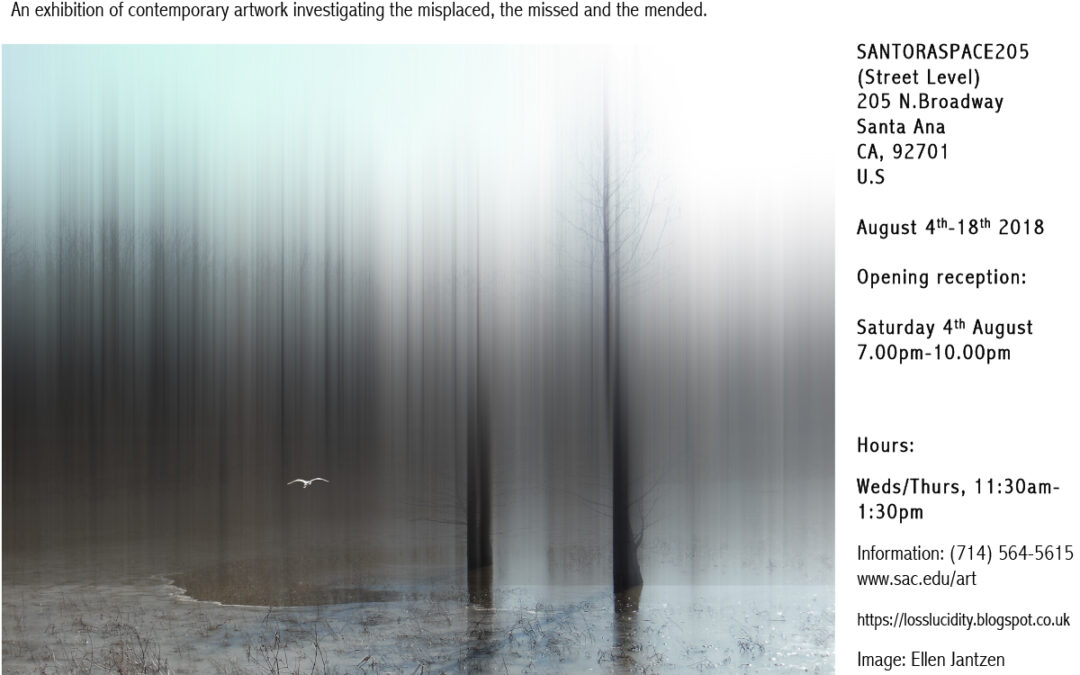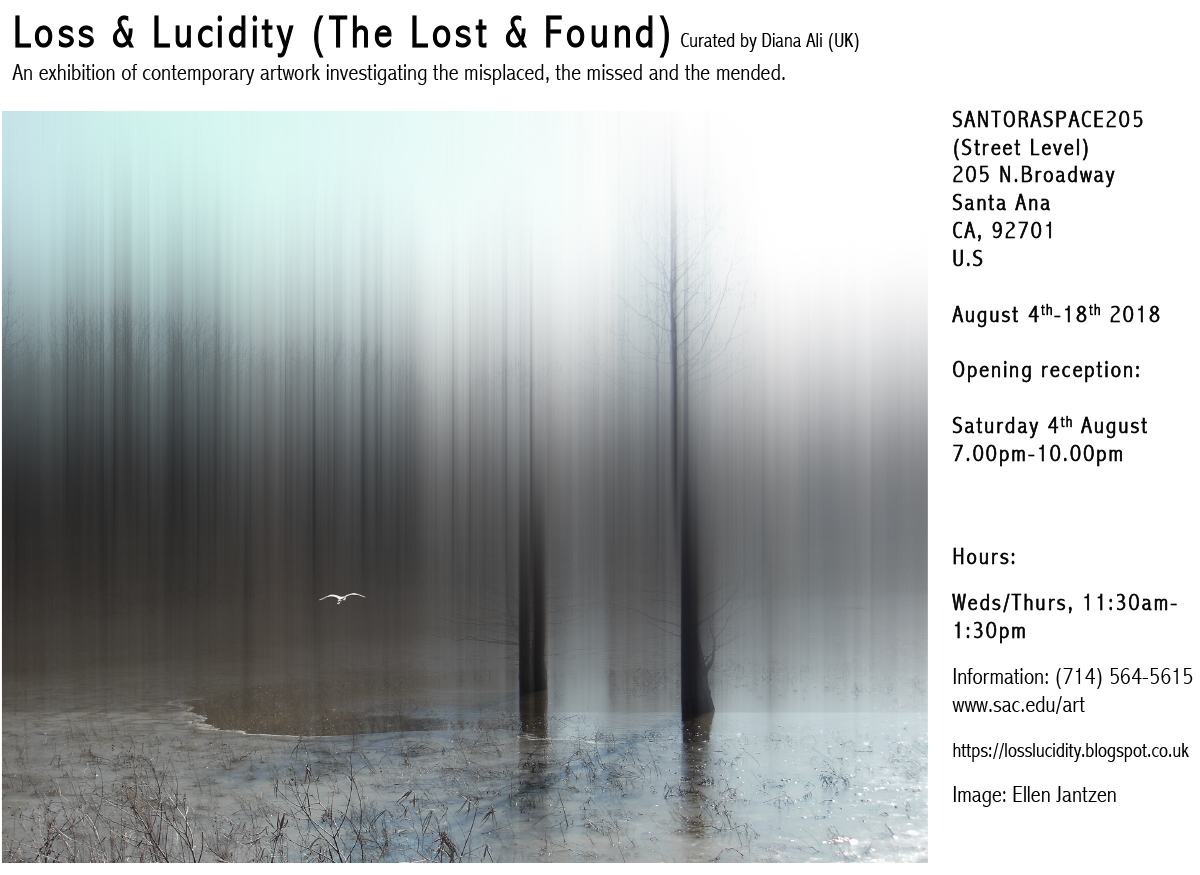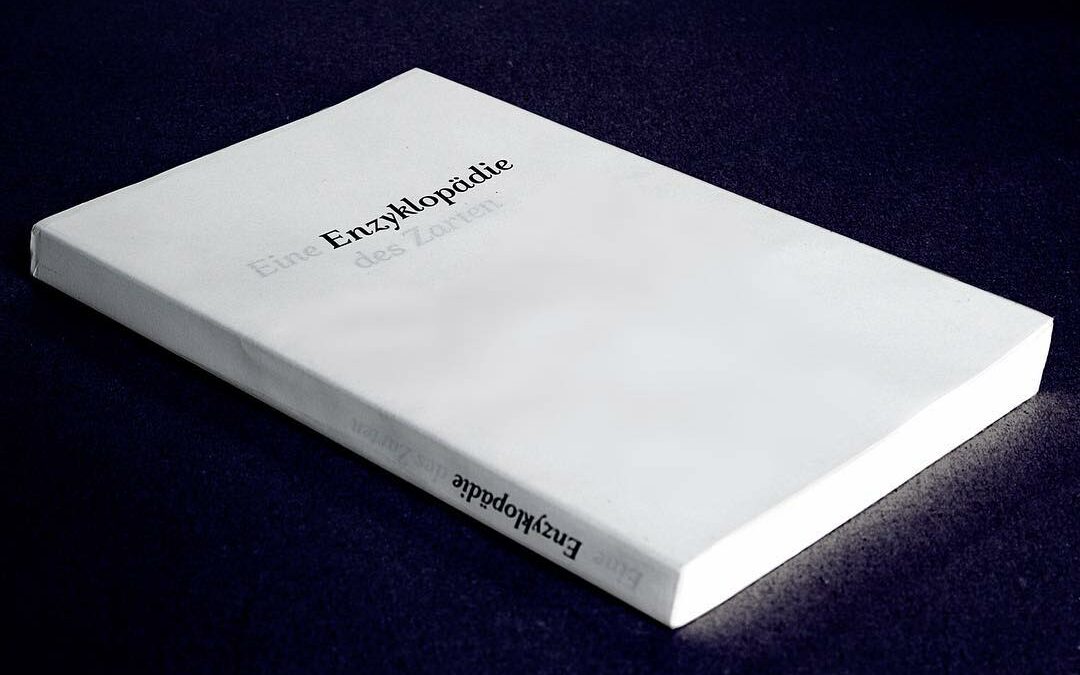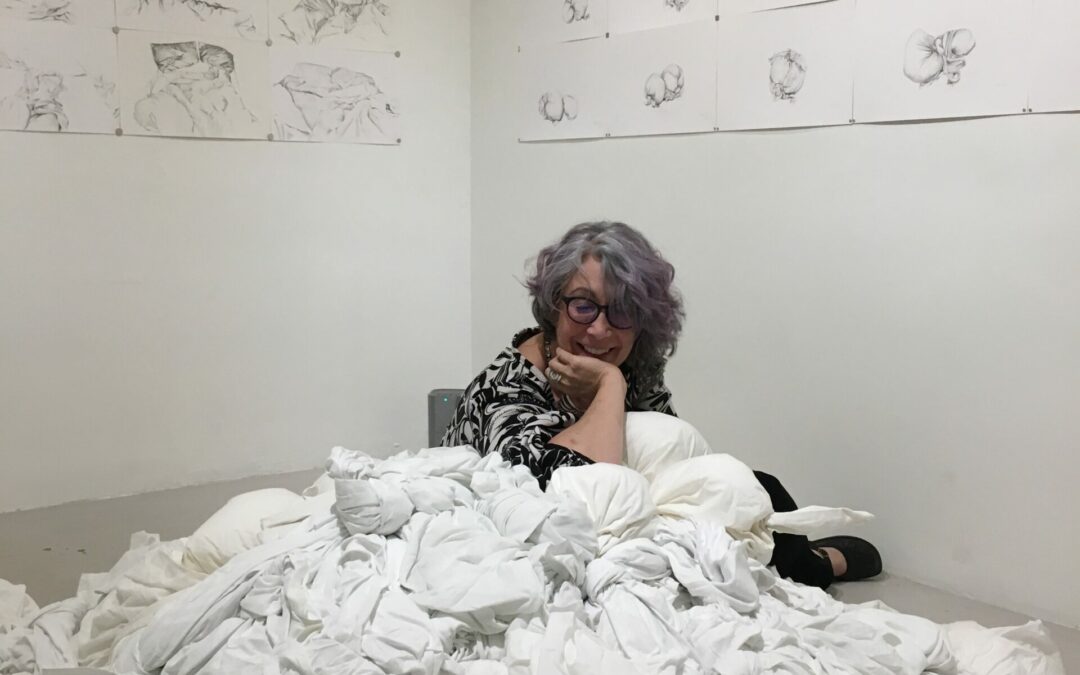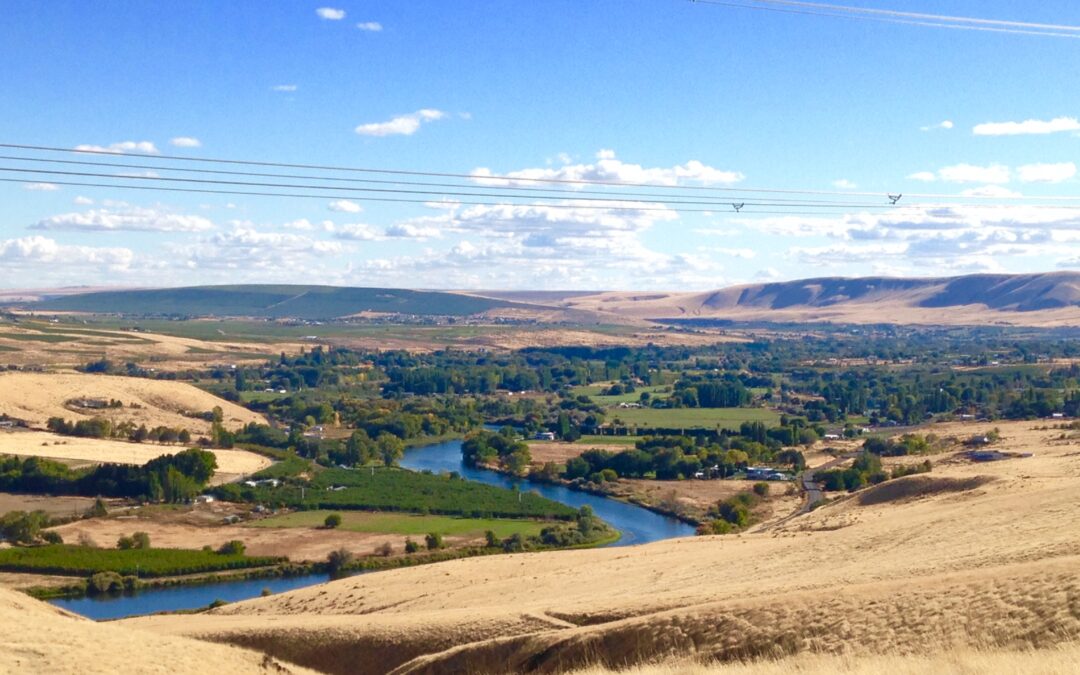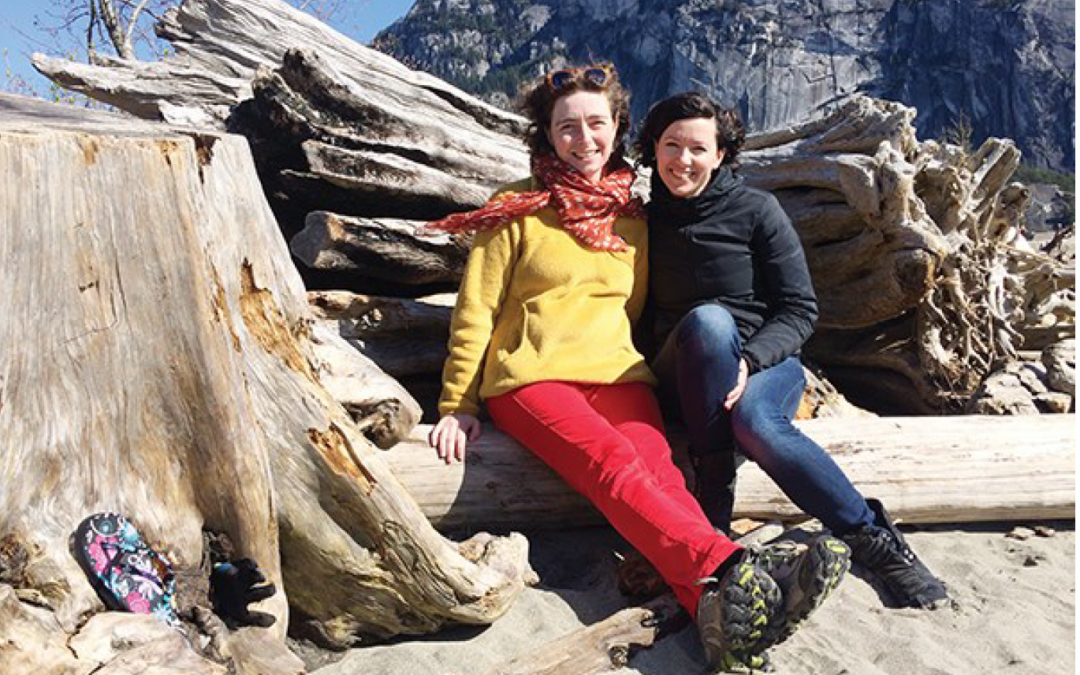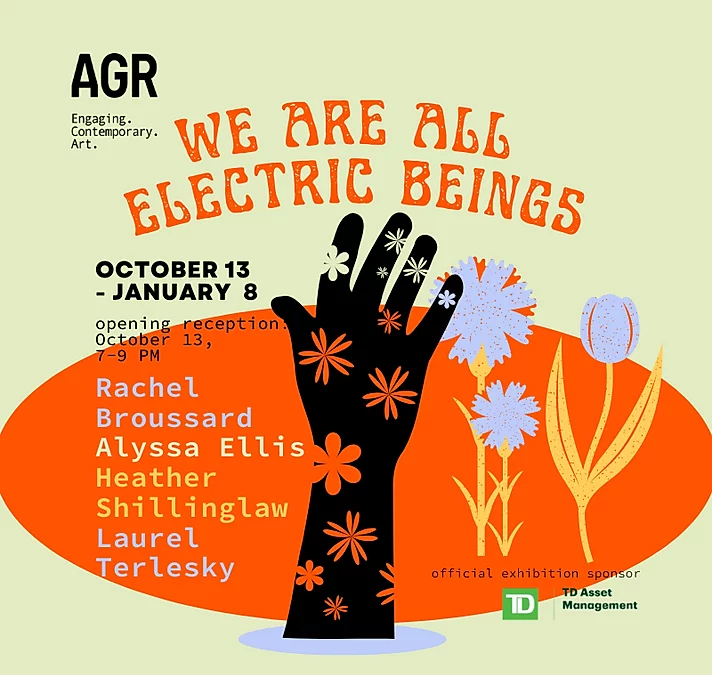
We Are All Electric Beings- Art Gallery of Regina
We are all electric beings
October 13, 2022 – January 8, 2023
Art Gallery of Regina
Regina, SK, Canada
Rachel Broussard, Alyssa Ellis, Heather Shillinglaw, Laurel Terlesky
Curated by Sandee Moore
Drawing on traditional knowledge, Western science and empathetic relationships with plants, the artists in this group exhibition elucidate the complex interconnectedness of humans and plants.
The title of this exhibition is drawn from knowledge passed from Elder Shirley Shillinglaw to artist Heather Shillinglaw as she researched and created her large-scale embroideries of medicine plants foraged by her ancestors.
The electricity that animates living cells, whether mammal or vegetal, is made explicit in Laurel Terlesky’s botanical drawings that illuminate when touched, making visible the fact that all living beings carry an electrical charge on the surface of their cells.
Similarly, Rachel Broussard uses plant and animal bodies cut from the pages of photographic books to spell shadowy messages of environmental doom, recognizing the interdependence and vulnerability of all species in an ecosystem.
Artist and horticulturist Alyssa Ellis delves into the codependent relationship of care between humans and houseplants with her relational aesthetics artworks Plant Spa and Plant Adoption, re-homing plants rescued and rehabilitated from dumpsters.
We Are All Electric Beings proposes a leveling of hierarchies that acknowledge the equal value of all living beings and explores various ways that humans interface with plants: evolutionary, caring, exploiting, empathizing, protecting, nourishing and familial.
Official exhibition sponsor: TD Asset Management
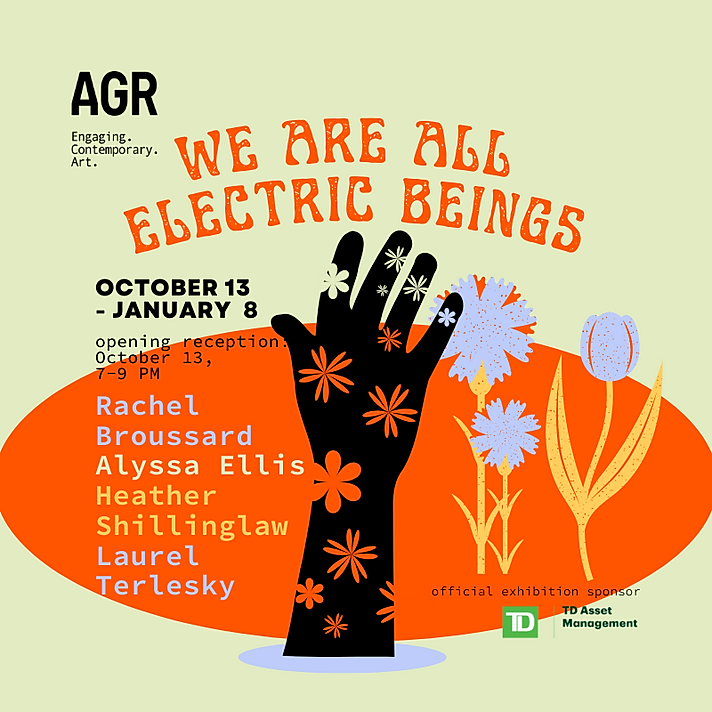
Referenced Works

